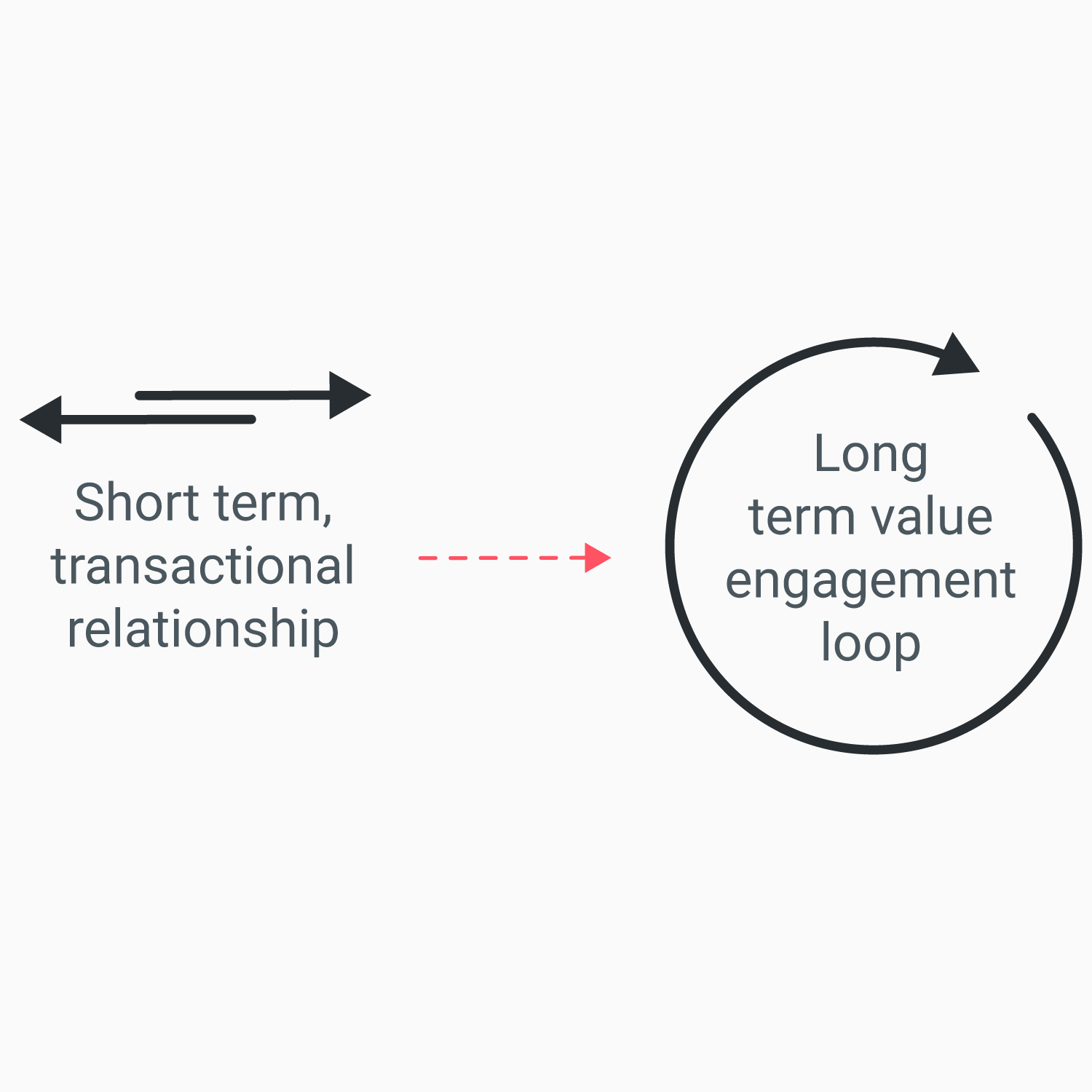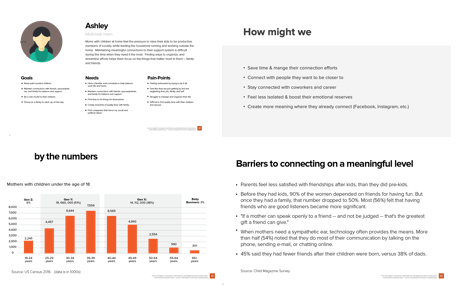Overview
The Opportunity
Large Greeting Card Maker had cultivated a diverse portfolio of digital products and experiences designed to help their greeting card customers make meaningful connections both online and offline.
However, as the technological landscape continued to evolve alongside the profile of modern greeting card audiences, Large Greeting Card Maker recognized there was an opportunity to create a product portfolio that could shift customer interactions from being short transactional relationships to more fully engaged long term relationships that created value for both parties.
The Hurdle
Large Greeting Card Maker had a very innovative culture and produced fantastic products and services. But they were hitting some road blocks when it came to realizing some of their product ideas.
They knew that to create long term value for their customer and keep them engaged more regularly, they would need a new ecosystem (technical infrastructure and business processes) that could support the desired future state of their product portfolio.
In addition to this, they recognized that getting outside help for product ideation could help them more quickly come up with ideas that could connect with a younger demographic, which was key to helping maintain their position in the market.
The Solution
We ran a workshop that worked helped Large Greeting Card Maker generate long term value product ideas for their portfolio that targeted a younger demographic. Then we worked together to create a roadmap which could help guide the discussion between business leaders and and IT services within the organization on how to get to an ecosystem that could support that vision.
Details
Project Length: 3 Day workshop
Design Team: Creative Director Chris Hannon, Strategists Brian Marr, Paul Townsend, UX Lead Amanda Parkhurst, Client Engagement Matt Murphy, PM Shaughn Fitzgerald
My Contributions: Workshop planning and execution, researched and led industry trends for product ideation, lead MUX portion of workshop (product idea evaluation method), road map solution exercise
“What is the future of the brand
and how do we get there?”
Workshop Planning
To ensure that our client understood how the 3 day workshop would function, we mapped out all activities, how they would build upon each other and what they could expect as a final output from all the work. The image above communicated the cadence of the activities.
Workshop cadence by Paul Townsend, Chris Hannon, and Amanda Parkhurst
Discovery
Amanda Parkhurst running an in-workshop focus group to help gather qaulitative data on a demographic
To inform any workshop, we like to create “brain fuel” for participants to react to by performing research about our key archetype we are solving for. This included a competitive landscape review, demographic research from sources like The Pew Research foundation, and an in house focus group of the target demographic before arriving to the workshop.
We also conducted an in-workshop focus group to understand the goals, needs, and pain points first hand from one of our key demographics.
Behavioral Archetypes, Demographic Research, and “How Might We..” statements to help prime the ideation session
Competitive Landscape
Using a set of strategic questions that I tailored to our client’s industry, I generated the brain fuel for them to react to during the ideation phase in the form of competitive research:
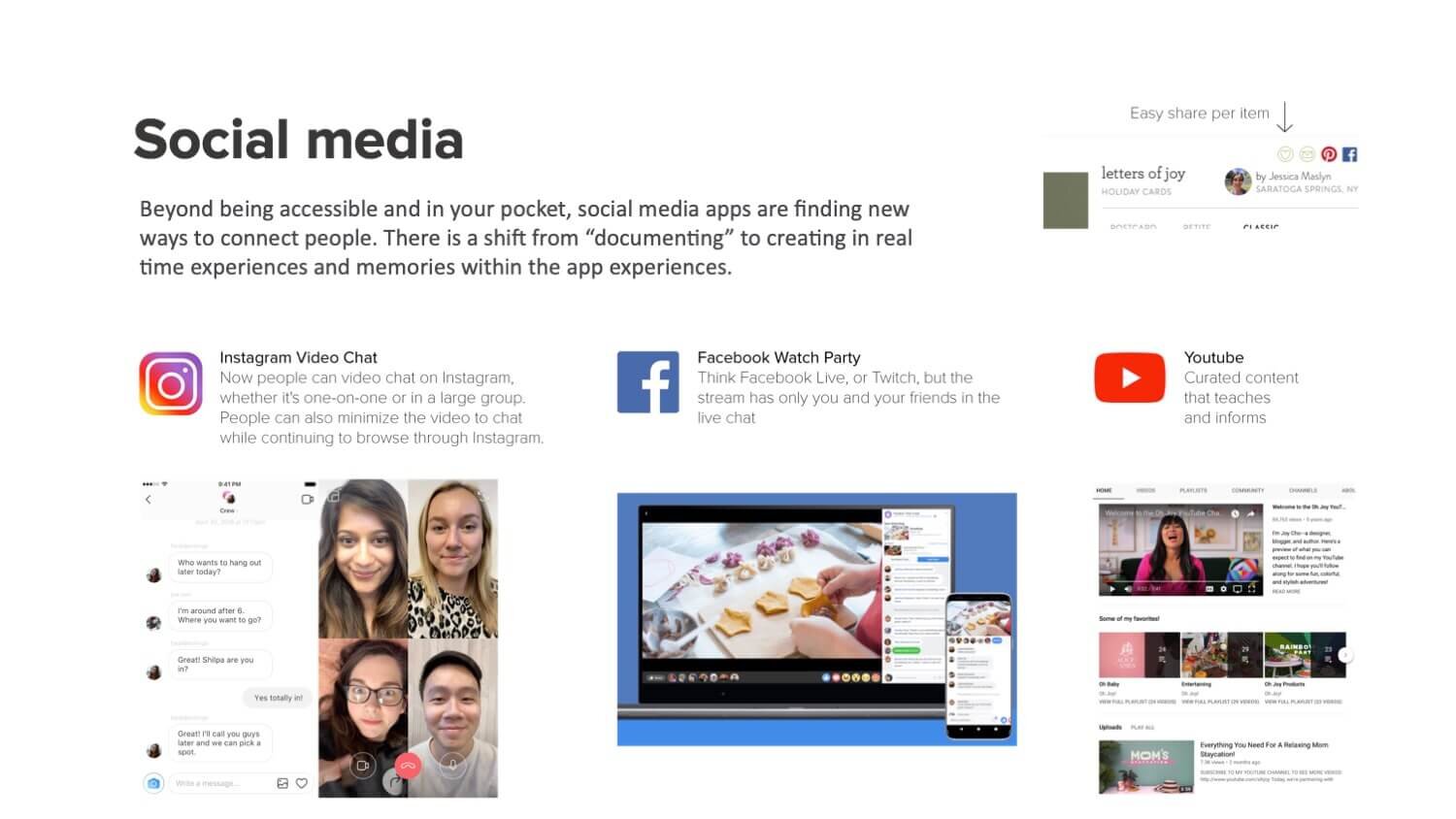
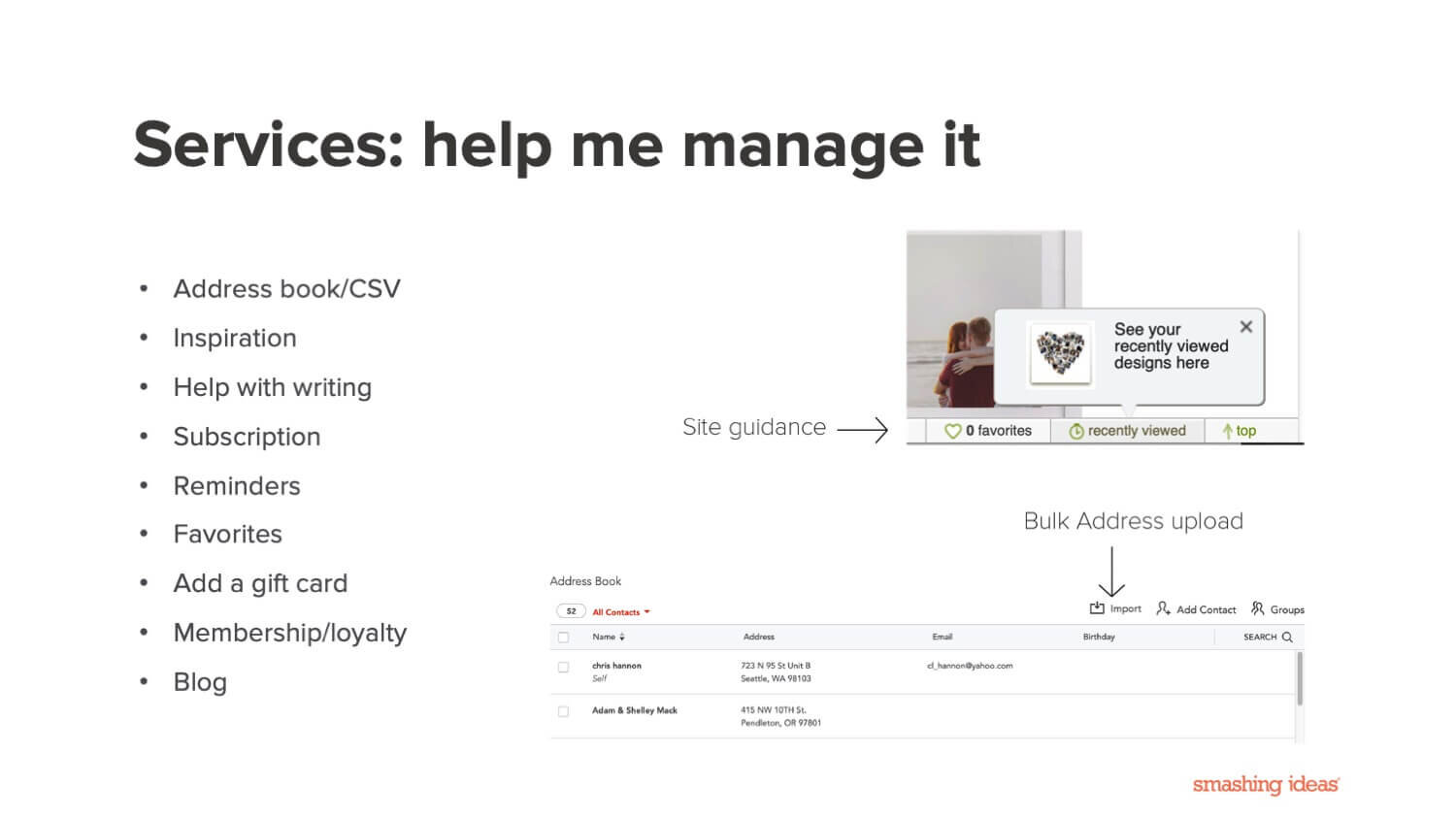
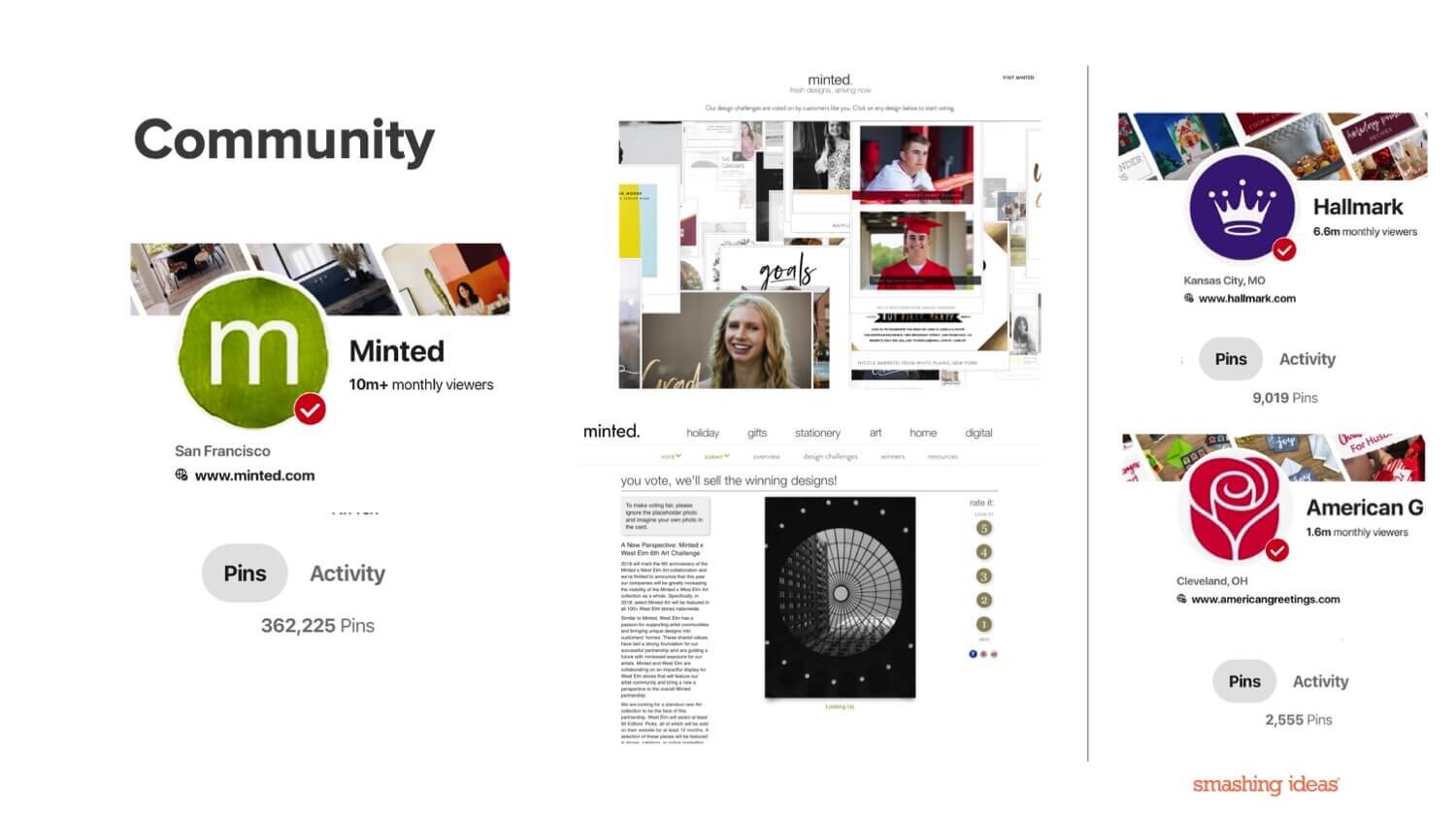
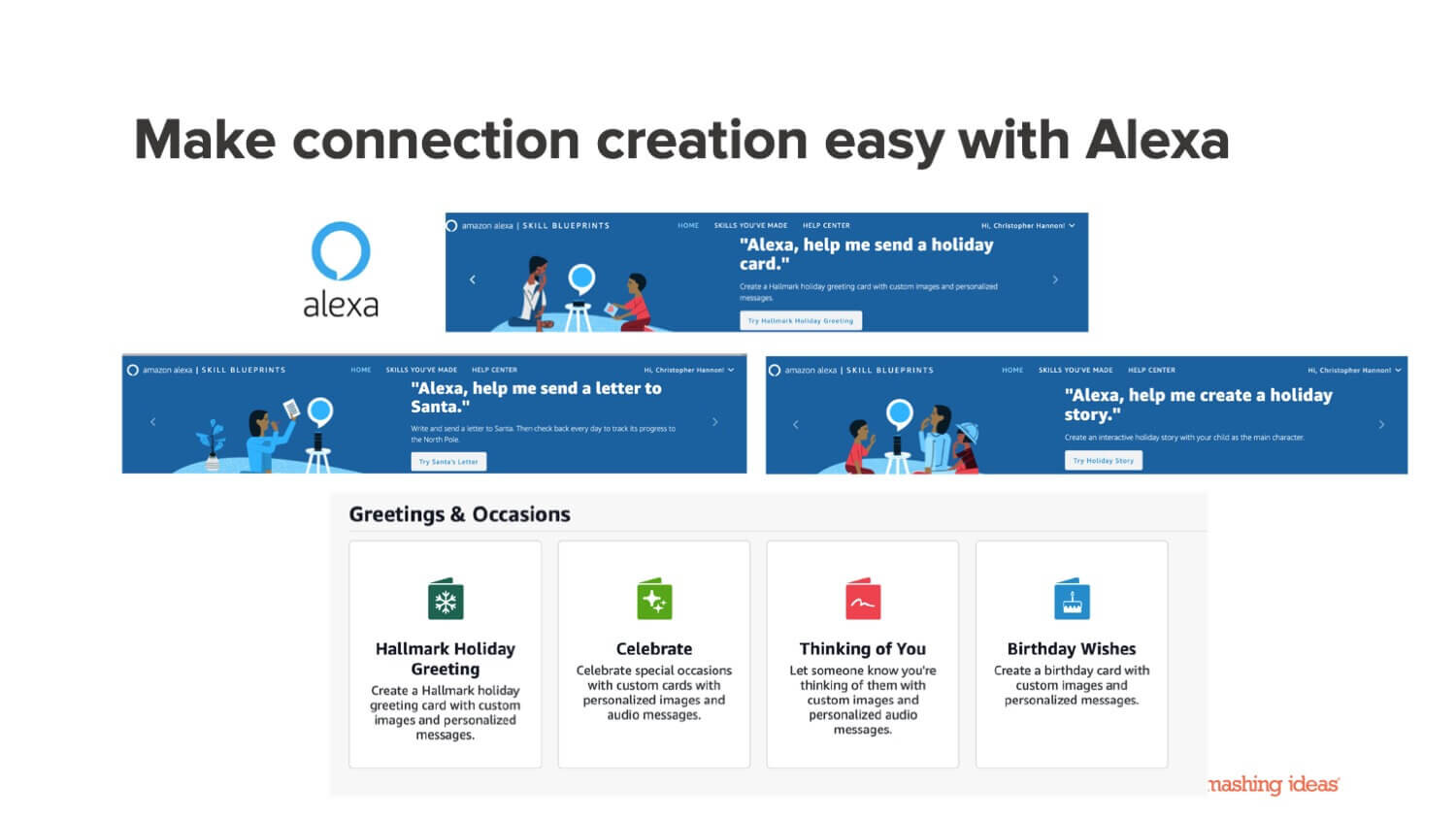
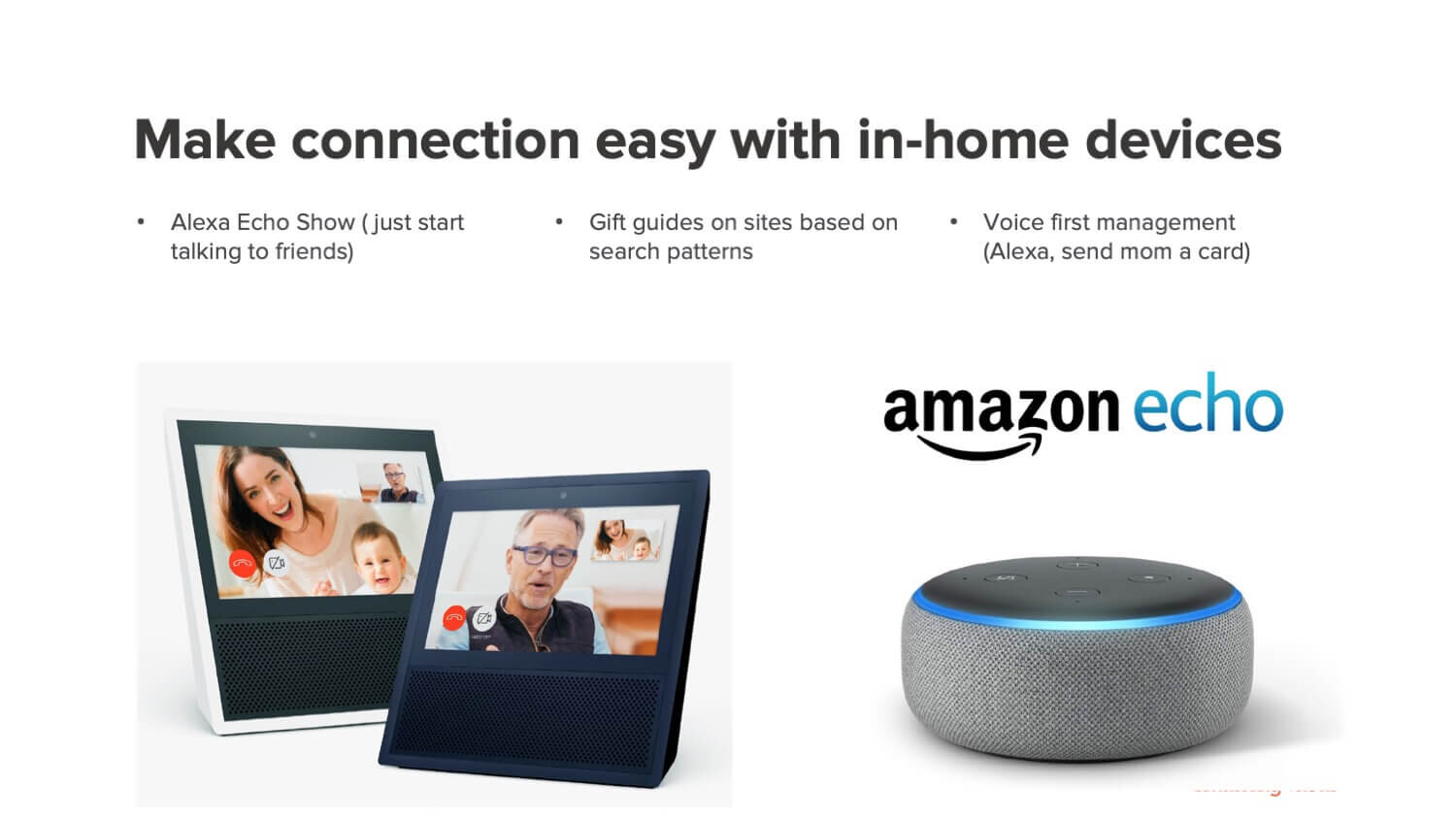
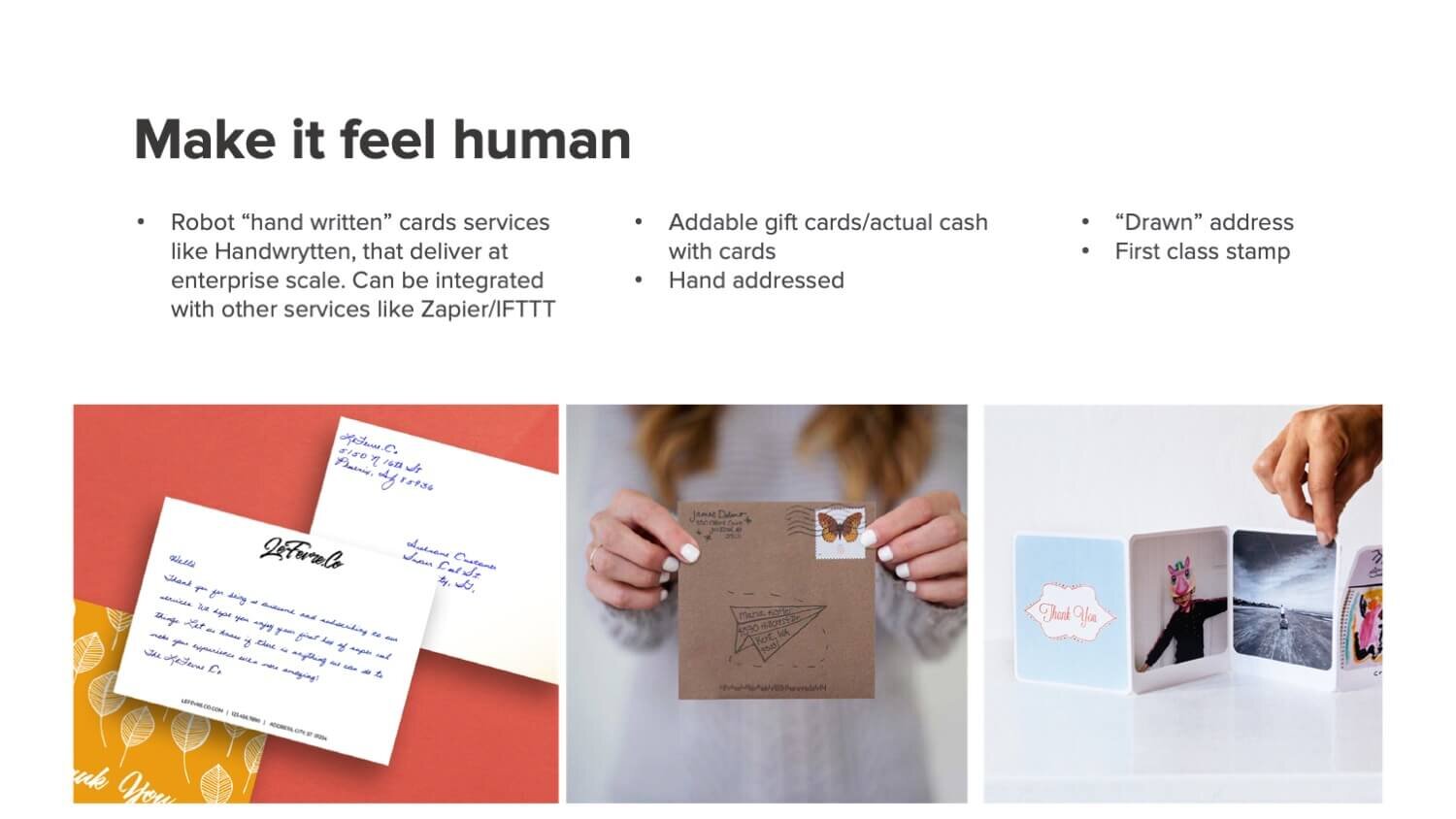
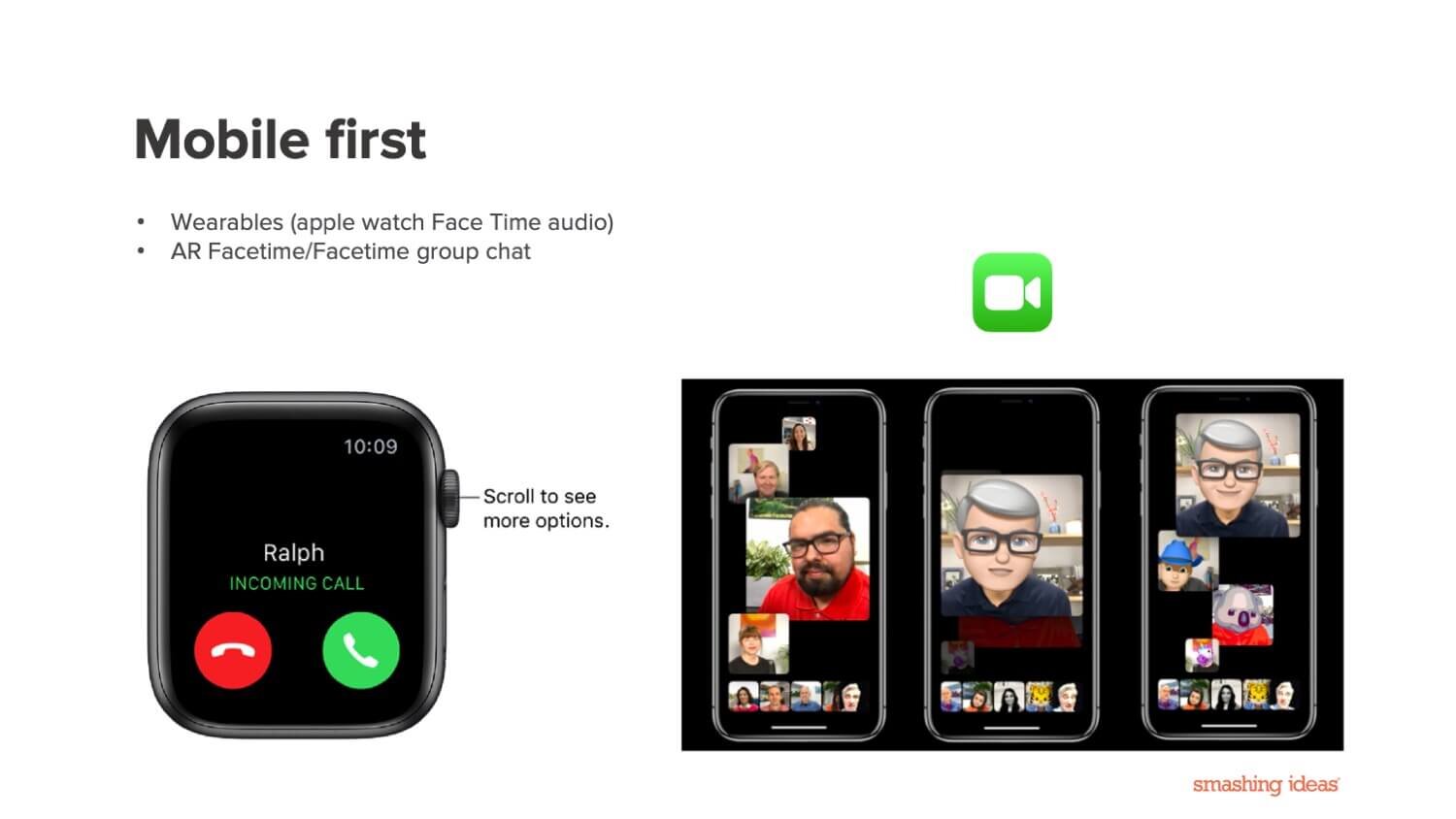

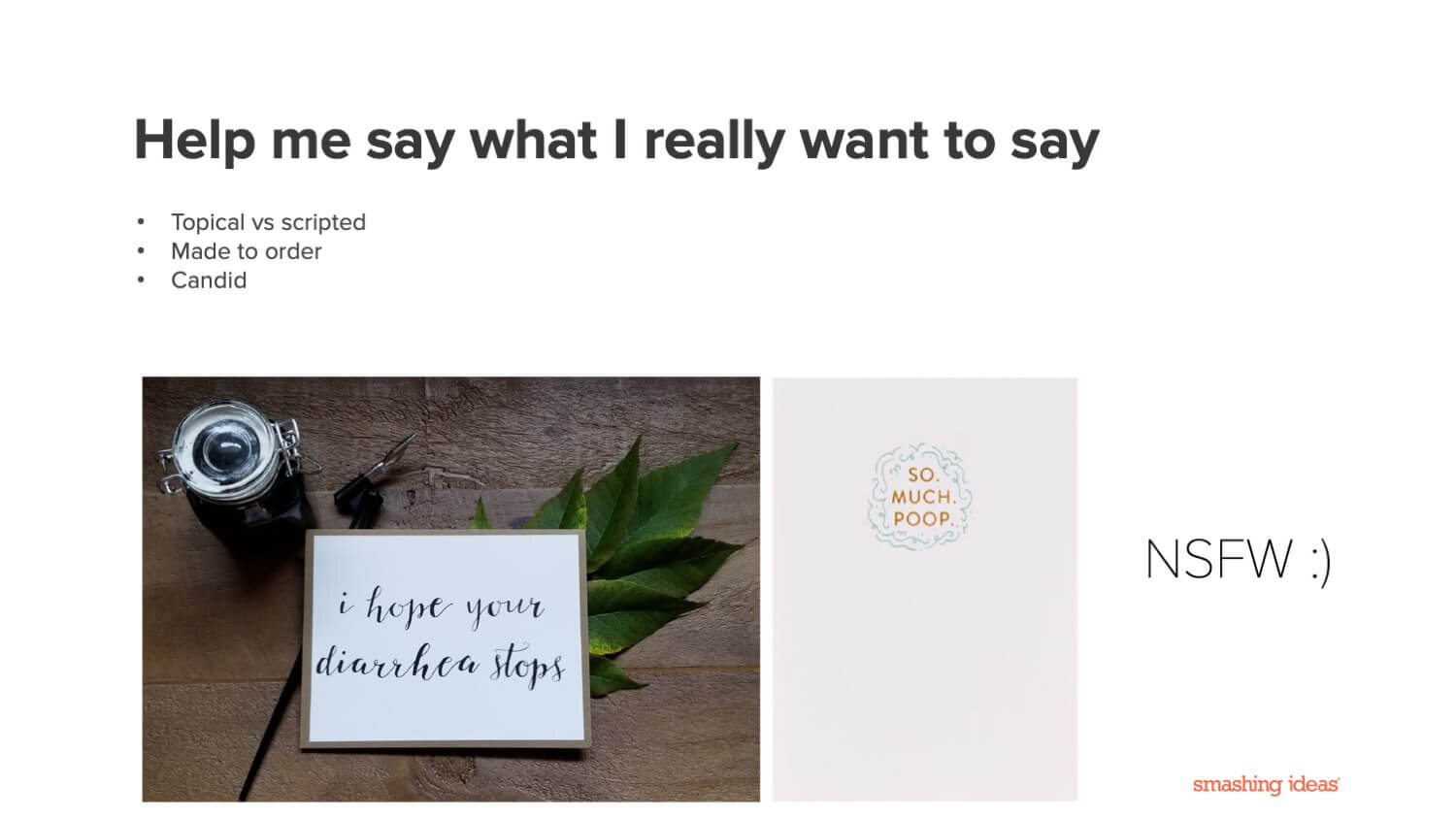
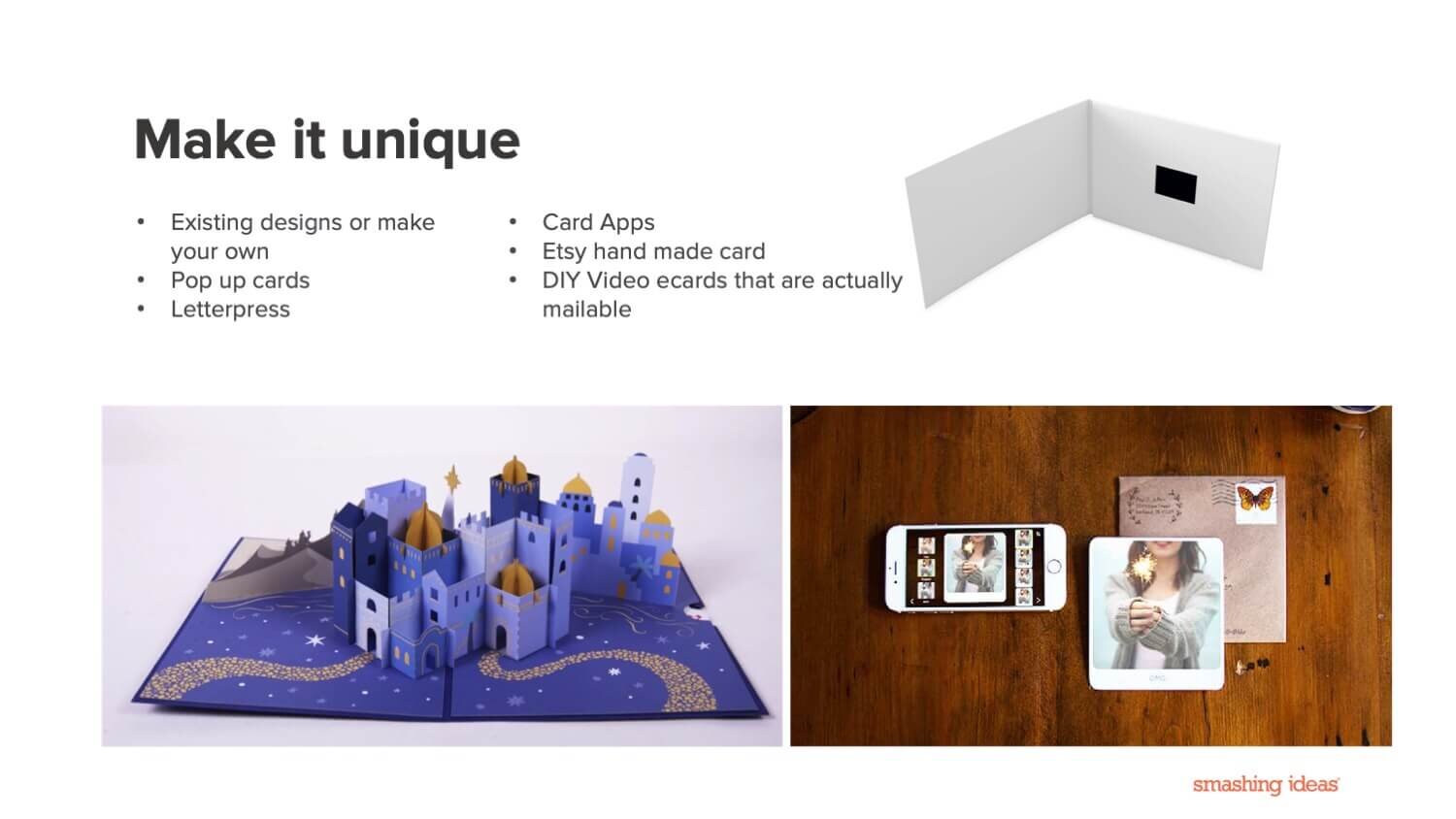
Concept Generation
A key piece of the workshop was taking the clients already well seasoned UX practitioners through SI’s MUX framework to help the concept ideation process. Introducing MUX principles into the ideation process provides design principles and a framework that helps participants think outside the box. I led this portion of the workshop and primed the participants for our intensive ideation sessions.
MUX Principles
MUX principles are a mixture of best UX practices, Human behavior, and Game Design Thinking principles that we apply in our design methodology.
Me leading an in-depth MUX portion of the workshop to already seasoned UX practicioners
Instructions and artifacts for the ideation section of the workshop following the MUX deep dive.
Concept Refinement
After generating many ideas, we shared discussed as a team to evaluate and improve the ideas.
The client’s team, along with SI participants, produced dozens of ideas to sort through and discuss
A critical portion of the workshop is taking many ideas and winnowing them down to a selected few. This is done through out the sharing process and most critically at the Value Mapping exercise where client stakeholders determine the perceived value vs. effort as a method of concept prioritization.
Once ideas had been generated, they were sorted by client stakeholders to determine a high level of value-versus-effort per idea.
Road Map
Conclusion
The last piece involved creating a road map that could be used to get the organization to a place where its business practices and technical infrastructure could support the generated ideas.
As this was a 3 day workshop, the final output was a high level road map that could help business decision makers have structured and useful conversations with the help of the high level road map.
The road map consisted of 4 sections that aimed to increase enagagement over time.
We then sorted the enabling technologies and platforms that would be necessary to support the desired customer experience per phase.


